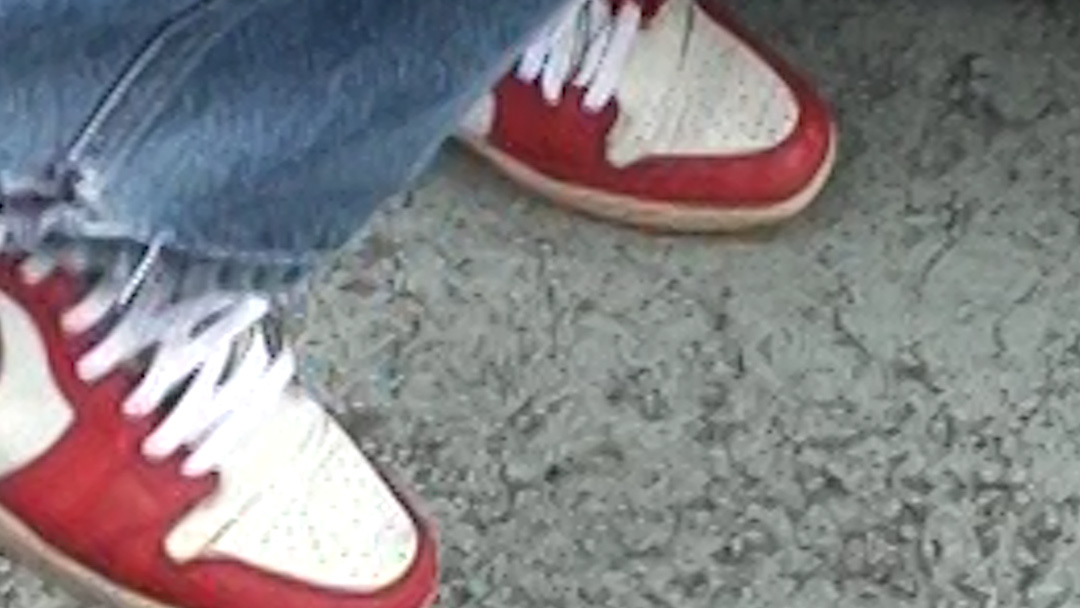UIC Design studio III class miniseries: "COMBINED POSTERS"
These posters were made by Exploring the potential of random convergence by combining type and image layers arbitrarily. overlaying several iterations and collapse into one poster. The BLUE poster shown below is a combination of the previous 3 with only changes to showing overlaps, transparencies, obliterations, layering and accidents.




UIC DES 255 Design research project "Cleaning the CTA"
In my class, I had the valuable experience of being organized into teams to collaborate on a project aimed at assessing and improving the cleanliness of the Chicago Transit Authority (CTA) buses as part of our broader exploration into enhancing public spaces for human interaction. Our project was born out of classroom discussions and research, and it involved reaching out to various CTA officials, including Bus Drivers, Maintenance personnel, and executives, to conduct interviews and gather insights on their experiences with cleanliness. This process allowed us to gather a lot of information, which we then meticulously organized and analyzed. As the semester progressed, we worked together to design comprehensive presentations that not only synthesized our findings but also proposed practical recommendations for enhancing the cleanliness and overall experience of CTA buses for passengers and staff alike. This project not only honed our research and teamwork skills but also deepened our understanding of the real-world impact of design choices on public spaces.
Shown below are two journey maps and a chart of frequently used words designed by me based off the research findings my team and I discovered through the interview process








